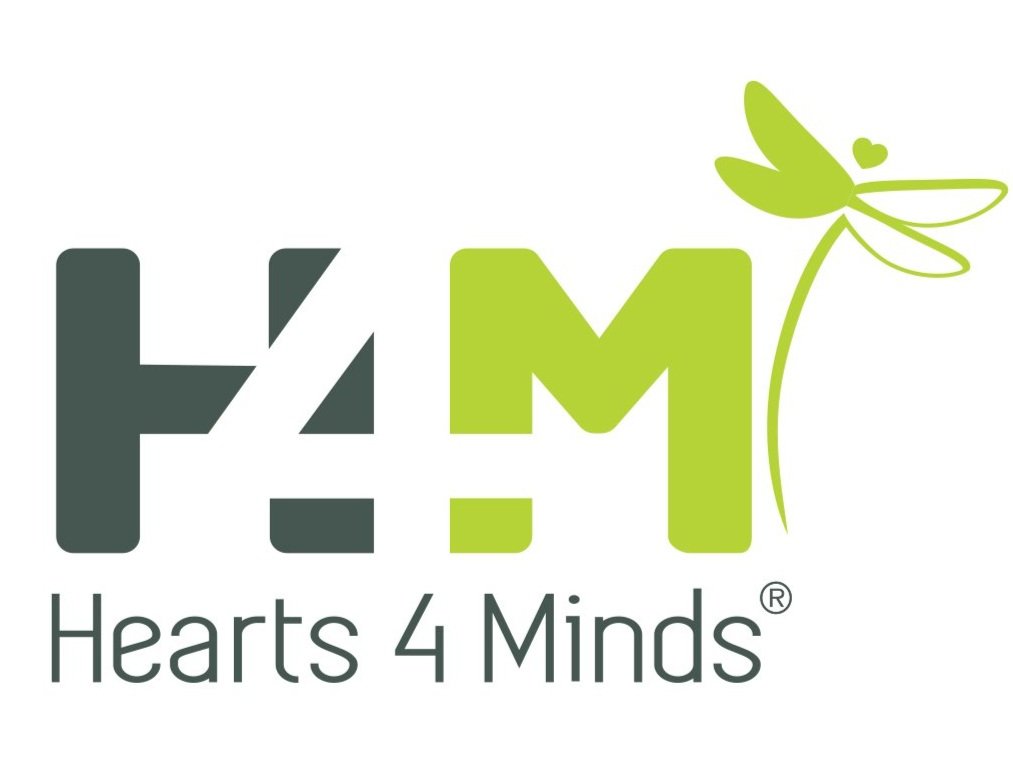PTSD vs. C-PTSD: Understanding the Differences and Navigating Healing
Discussing traumatic experiences is never easy and can leave an individual feeling isolated and scared. When trauma and mental health are discussed, two terms often come up, Post-Traumatic Stress Disorder, or PTSD, and Complex Post-Traumatic Stress Disorder, or C-PTSD. While both conditions stem from a traumatic event or experience, there are key differences between the disorders. Let’s explore the similarities and differences between these two conditions and the treatment options available to help individuals live a more empowered and healthier life.
Defining PTSD
Post-Traumatic Stress Disorder (PTSD) is a mental health condition caused by a traumatic event. Commonly associated with members of the military who experienced threatening combat events, it can result when a person directly experiences or witnesses a traumatic event. PTSD usually results from a single event such as a serious accident, combat, natural disaster like an earthquake or hurricane, or a violent assault. It is important to note that not everyone exposed to a traumatic event will develop PTSD.
Common Symptoms of PTSD
Those who have PTSD often experience the following symptoms:
Avoidance: It is common for individuals to avoid places, situations, or other people who may remind them of the triggering event.
Flashbacks: Certain situations can cause individuals to relive their trauma through memories, flashbacks, or nightmares.
Changes in behavior or mood: Often individuals may feel hopeless, guilty, or even detach themselves from others. They may also feel on edge, are easily frightened, or have difficulties with concentration or experience insomnia.
Defining C-PTSD
Complex Post-Traumatic Stress Disorder (C-PTSD) shares similarities to PTSD, but results from repeated and prolonged trauma versus a single event. It can happen to anyone exposed to long-term trauma but is often seen in individuals who experienced trauma at a young developmental age. C-PTSD can result from childhood abuse or trauma, long-term domestic violence, human trafficking, prisoners of war, or being abused by someone who was thought to be a protector. Due to this long-term trauma, the nervous system can be impacted significantly, making the trauma more fully ingrained.
Common Symptoms of C-PTSD
In addition to the common symptoms of PTSD, those experiencing C-PTSD often exhibit:
Difficulties controlling emotions: It is common for individuals with C-PTSD to lose control over their emotions, leading to feelings of explosive anger, sadness, depression, and fear.
Negative self-view and self-esteem: An individual may feel worthless, shameful, or helpless. They may feel different from their peers.
Struggles with relationships: Trust issues and feelings of abandonment can cause individuals to struggle to maintain romantic and non-romantic relationships. They may avoid relationships due to the traumatic events of their past.
Dissociation: Especially during periods of traumatic flashbacks, individuals may feel detached from the world around them and themselves. This can lead to memory gaps that may be filled in years later.
Feelings of helplessness and loss of meaning: Individuals may feel stuck and unable to change their situation. They may also struggle or lose their core beliefs, whether it be values or religious faith.
Explaining the Differences Between PTSD and C-PTSD
While both PTSD and C-PTSD have overlapping symptoms, there are also distinct differences between the two. A couple of the differences include:
Type of Trauma: PTSD is usually linked to a single event whereas C-PTSD results from long-term and often repeated traumatic events, often stemming from childhood.
Relationship Building: Those with PTSD may still be able to form and maintain relationships, but it can be strained due to avoidance or hyperarousal. Individuals with C-PTSD may struggle to form relationships, often leading to isolation or avoidance.
Treatments for PTSD and C-PTSD
For individuals with PTSD or C-PTSD, healing is possible with the right treatment options. Both disorders can be treated with similar methods and bring happiness and hope to these individuals. There are multiple treatment options that can be used independently or in conjunction to help manage symptoms.
Trauma-Focused Therapies: Multiple therapy options are available for individuals with either diagnosis. Cognitive Behavioral Therapy allows individuals to talk through their traumatic experiences and overtime, turning negative thoughts and memories into more positive ones. This type of therapy helps individuals learn to cope in more healthy ways. Another treatment option includes Eye Movement Desensitization and Reprocessing therapy which focuses on processing traumatic memories and reducing stress and anxiety around these experiences.
Medication: Medications that target anxiety or depression can be a helpful tool, especially when used in conjunction with psychotherapy. Under the care of a licensed medical professional, antidepressants and anti-anxiety medications can help to reduce symptoms and manage symptoms.
Journaling: Writing down one’s thoughts can be helpful in managing PTSD and C-PTSD symptoms by decreasing symptoms of flashbacks and intrusive thoughts. Journals can also be a useful tool to track symptoms that can be discussed with a therapist.
Finding a Support System: Having a proper support system of people who love you unconditionally is important for mental well-being. Having a trusted friend or family member who is there when things get overwhelming is a valuable tool in the journey towards healing.
PTSD or C-PTSD is a difficult mental health condition to have. Understanding the differences between these two conditions is important to taking the steps necessary for treatment and the proper support. If you or someone you know is experiencing PTSD or C-PTSD, know that you are not alone and there are resources and professional help available.

